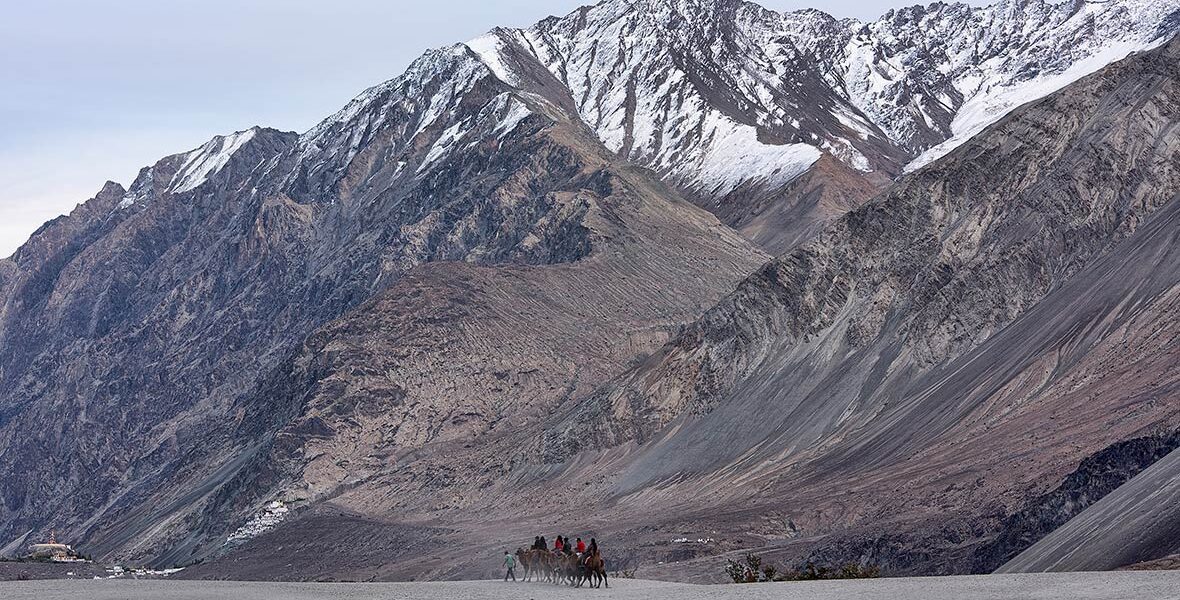Ladakh Nubra Valley is a breathtaking region tucked away in the northern part of India, renowned for its surreal landscapes, towering mountain passes, and unique cultural experiences. Whether you’re an adventure seeker, a nature lover, or a cultural enthusiast, Nubra Valley offers something for everyone. The valley, located beyond the iconic Khardung La Pass, is a blend of vast cold deserts, lush greenery, and quaint villages, making it an unmissable destination for those visiting Leh-Ladakh. In this guide, we explore the top five attractions in Nubra Valley that will leave you in awe.
1. Diskit Monastery: A Spiritual Oasis in the Mountains
Overview of Diskit Monastery
One of the most revered and significant landmarks in Nubra Valley is Diskit Monastery, the oldest and largest monastery in the region. Perched on a hill, this 14th-century monastery belongs to the Gelugpa (Yellow Hat) sect of Tibetan Buddhism. The monastery is a haven for those looking for tranquility amidst the rugged beauty of Ladakh.
The most iconic feature of the monastery is the towering 32-meter-high Maitreya Buddha statue, which overlooks the valley. This statue, which symbolizes peace, is visible from miles away and serves as a reminder of the region’s deep spiritual roots. Diskit Monastery also offers panoramic views of Nubra’s mesmerizing landscapes, including the convergence of the Shyok and Nubra rivers.
Why Visit Diskit Monastery?
Visiting Diskit Monastery is not just a spiritual experience but also a visual treat. The grandeur of the monastery, combined with the serene environment, offers travelers a perfect escape from the hustle of modern life. Its strategic location on a hill provides a stunning vantage point to witness the beauty of Nubra Valley, especially during sunrise or sunset. Diskit Monastery is undoubtedly a must-visit for those exploring Nubra Valley attractions, offering a blend of history, culture, and natural beauty.
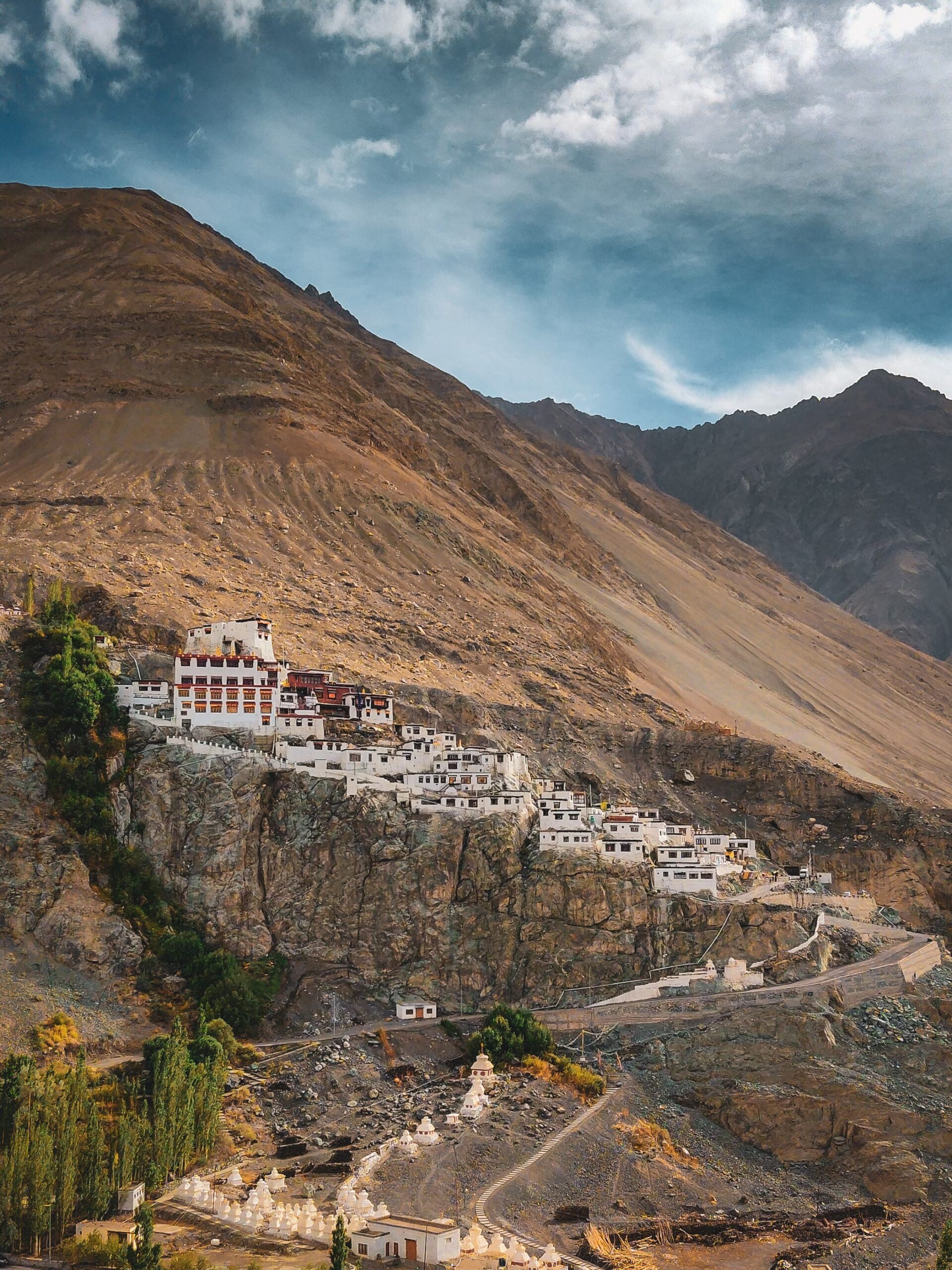
2. Hunder Sand Dunes: Where the Desert Meets the Himalayas
Exploring the Sand Dunes of Hunder
Imagine standing amidst sand dunes surrounded by towering snow-clad mountains. That’s the unique experience you’ll encounter at Hunder in Nubra Valley. Known for its extraordinary cold desert landscape, Hunder is home to expansive sand dunes that seem to emerge out of nowhere in the high-altitude region of Ladakh. This area is often called the “cold desert” because, despite its arid environment, it’s surrounded by the snow-capped peaks of the Karakoram Range.
The sand dunes of Hunder are perhaps the most surreal element of Nubra Valley, where the landscape dramatically shifts from lush green fields to golden sands. The star attraction here, however, is the opportunity to take a camel safari on the double-humped Bactrian camels. These camels, once used for trading along the ancient Silk Route, now offer visitors a chance to explore the dunes in a traditional and exciting way.
Adventure and Camel Safaris at Hunder
A camel safari at Hunder is one of the most popular activities in Nubra Valley, allowing travelers to traverse the undulating dunes while soaking in the breathtaking views. The camels, native to this region, add a sense of adventure and history to your trip. Sunset is the best time to visit the dunes, as the golden light beautifully illuminates the sandy terrain.
Visiting Hunder is essential for anyone looking to experience the desert landscape of Nubra Valley, offering a unique contrast between the Himalayan peaks and the barren sands. Whether you’re an adventurer or a photographer, Hunder’s sand dunes provide countless opportunities for unforgettable moments.
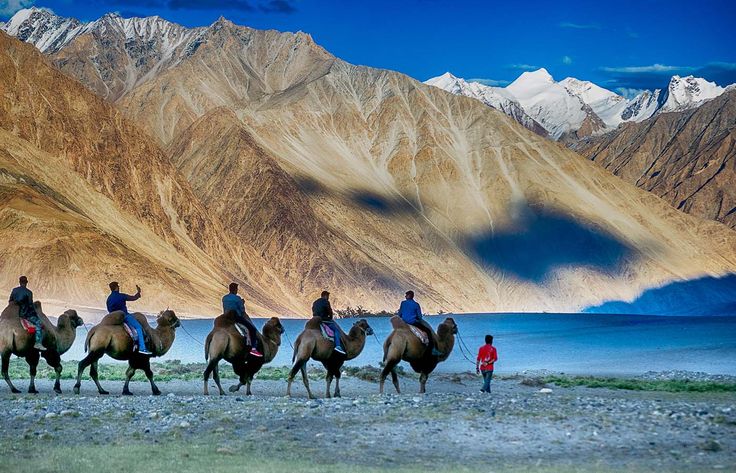
3. Khardung La Pass: The Gateway to Nubra Valley
Crossing Khardung La: The World’s Highest Motorable Pass
At an altitude of 5,359 meters (17,582 feet), Khardung La Pass is often touted as the highest motorable pass in the world. It serves as the gateway to Nubra Valley and is one of the most thrilling parts of the journey from Leh to Nubra Valley. This iconic pass connects Leh to the Shyok and Nubra Valleys, making it a key route for those embarking on a Ladakh road trip.
As you ascend Khardung La, the landscape shifts dramatically, with towering peaks, snow-covered roads, and rugged terrain dominating the scene. The pass is also steeped in historical significance, once serving as a crucial part of the Silk Route for caravans traveling between India and Central Asia.
Why Khardung La is Essential for Your Nubra Valley Trip
Crossing Khardung La is a once-in-a-lifetime experience, especially for adventure enthusiasts. The breathtaking views from the top, combined with the sense of achievement from traversing one of the highest roads in the world, make it an unforgettable journey. Moreover, the pass is a photographer’s paradise, with snow-capped peaks and rugged terrain offering perfect backdrops for dramatic shots.
When visiting Nubra Valley, crossing Khardung La is an essential part of the adventure, adding an extra layer of thrill to your trip. Be sure to take it slow and acclimatize properly to avoid altitude sickness, as the high altitude can affect even seasoned
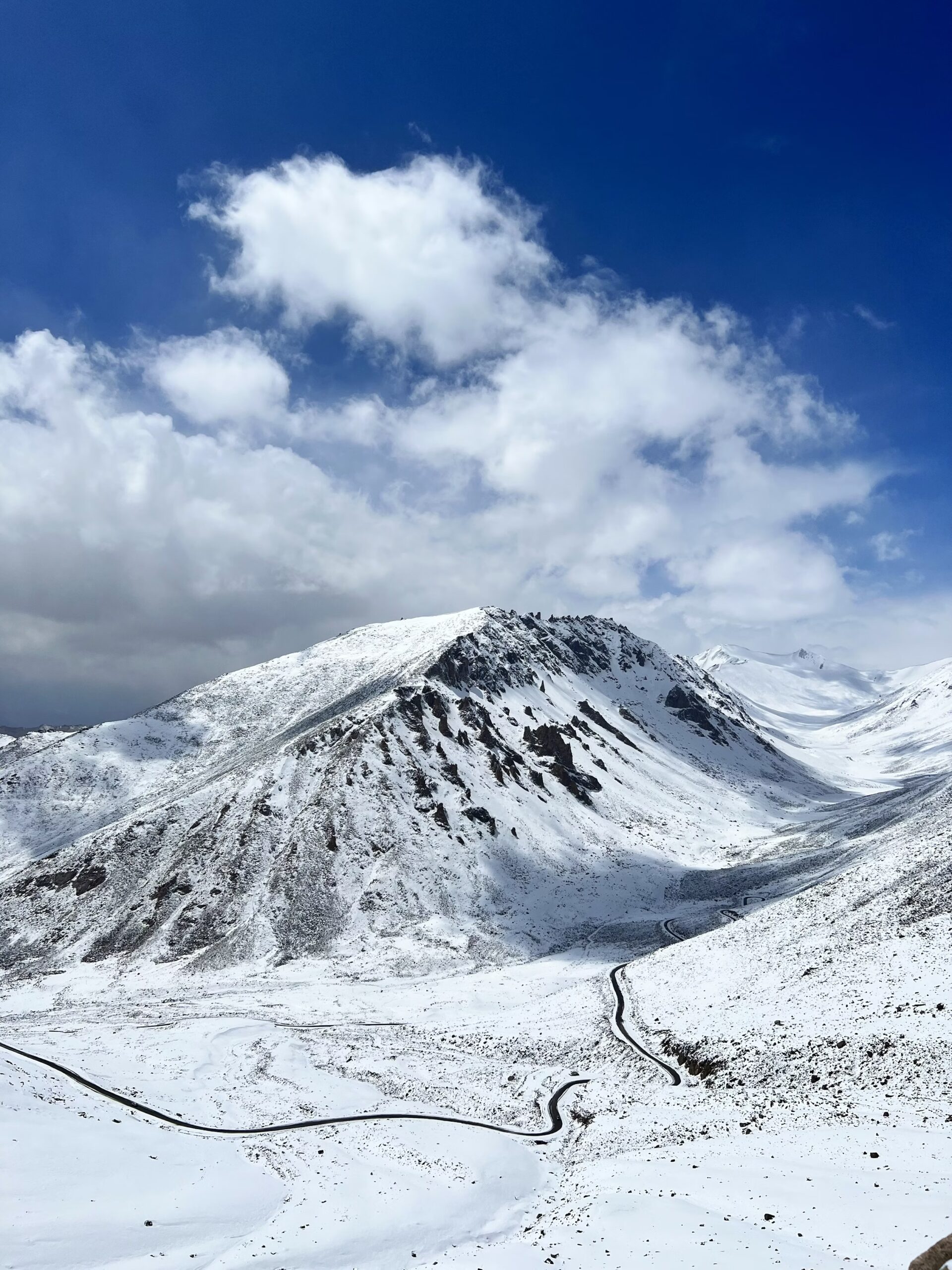
4. Turtuk Village: Ladakh’s Hidden Cultural Treasure
Discovering Turtuk: A Remote Village Near the Indo-Pak Border
Turtuk Village is one of the northernmost villages in India, located near the Indo-Pak border and only opened to tourists in 2010. This remote village is a hidden gem in Nubra Valley, offering travelers a rare opportunity to experience the unique Balti culture, which has remained largely untouched by modernity.
Turtuk’s strategic location at the crossroads of several ancient trade routes adds to its cultural richness. The village is also known for its picturesque landscape, with lush green fields, apricot orchards, and traditional stone houses. Walking through Turtuk feels like stepping back in time, as the village’s rich history and cultural heritage are deeply rooted in its way of life.
Why Turtuk Should Be on Your Nubra Valley Itinerary
Turtuk is a must-visit for travelers interested in exploring the cultural diversity of Nubra Valley. Here, you can interact with the local Balti community, learn about their traditions, and enjoy their warm hospitality. The village is also a great place to experience local cuisine, with dishes like Balti bread and apricot-based delicacies being local specialties.
The serene environment of Turtuk, coupled with its rich history and cultural heritage, makes it an essential stop for anyone visiting Nubra Valley. For those seeking off-the-beaten-path experiences, Turtuk offers a window into a world that few have had the chance to explore.
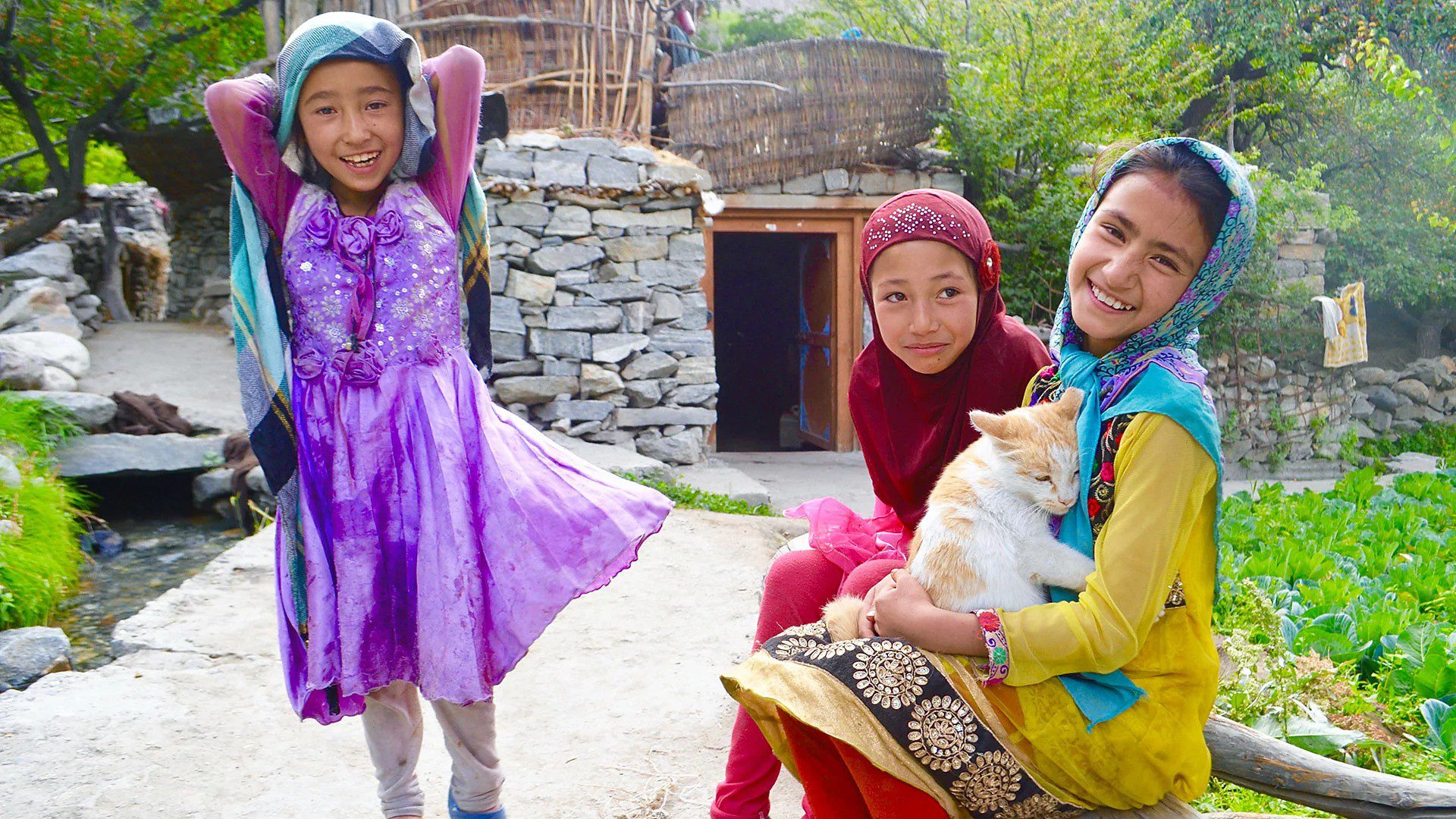
5. Panamik Hot Springs: Natural Healing in the Himalayas
The Therapeutic Hot Springs of Panamik
Located at the farthest end of Nubra Valley, the Panamik hot springs are famous for their therapeutic properties. The hot springs are rich in sulfur, and locals believe that soaking in the mineral-rich waters can cure various ailments, especially related to skin and joints. Set against the dramatic backdrop of snow-capped mountains, the springs offer a relaxing and rejuvenating experience after days of adventure.
Panamik is also historically significant, as it lies on the ancient Silk Route. Travelers passing through this region would stop here to rejuvenate and heal after their long journeys.
Why You Shouldn’t Miss Panamik Hot Springs
A visit to Panamik is essential for those looking to unwind amidst nature. The combination of healing waters and stunning landscapes makes it a perfect stop for both adventure seekers and those looking to relax. While Panamik is the last village accessible to tourists in Nubra Valley, it offers a unique glimpse into the valley’s natural wonders and ancient history.

Planning Your Trip to Nubra Valley: Tips for an Unforgettable Journey
Best Time to Visit Nubra Valley
The best time to visit Nubra Valley is between June and September, when the weather is pleasant and all roads are open. During this period, you can experience Nubra’s attractions in full glory, from the verdant fields of Turtuk to the golden sand dunes of Hunder. Winters, while beautiful, can be challenging due to snowfall and road closures, but they offer a tranquil, less crowded experience for intrepid travelers.
How to Reach Nubra Valley from Leh
Nubra Valley is accessible by road from Leh, with the journey taking about 5-6 hours via Khardung La Pass. Private taxis and shared cabs are the most common means of transport, though some adventurers prefer to make the journey by bike for an even more immersive experience. Make sure to carry enough fuel and provisions, as facilities are sparse along the way.
Conclusion: Experience the Magic of Nubra Valley
Nubra Valley is a land of contrasts, where deserts meet snow-capped mountains, and ancient monasteries sit alongside remote villages. From the iconic Diskit Monastery and the surreal Hunder sand dunes to the remote charm of Turtuk and the healing waters of Panamik, Nubra Valley offers a once-in-a-lifetime travel experience. Whether you’re seeking adventure, cultural immersion, or natural beauty, this hidden gem in Ladakh is a destination you simply can’t miss.
Q&A Section
1. What are the top attractions in Nubra Valley?
Diskit Monastery, Hunder sand dunes, Khardung La Pass, Turtuk Village, and Panamik Hot Springs.
2. How do I get to Nubra Valley from Leh?
Nubra Valley is accessible from Leh via Khardung La Pass, the highest motorable road.
3. When is the best time to visit Nubra Valley?
The best time to visit is from June to September, when the weather is pleasant, and all roads are open.
4. Can I do camel safaris in Nubra Valley?
Yes, camel safaris are available at Hunder, offering a unique desert experience.
5. Is it safe to visit Nubra Valley in winter?
Winters can be challenging due to snow and road closures, but it offers a peaceful experience for seasoned travelers.
6. What makes Turtuk unique in Nubra Valley?
Turtuk offers a rare glimpse into Balti culture and is one of the northernmost villages in India.

